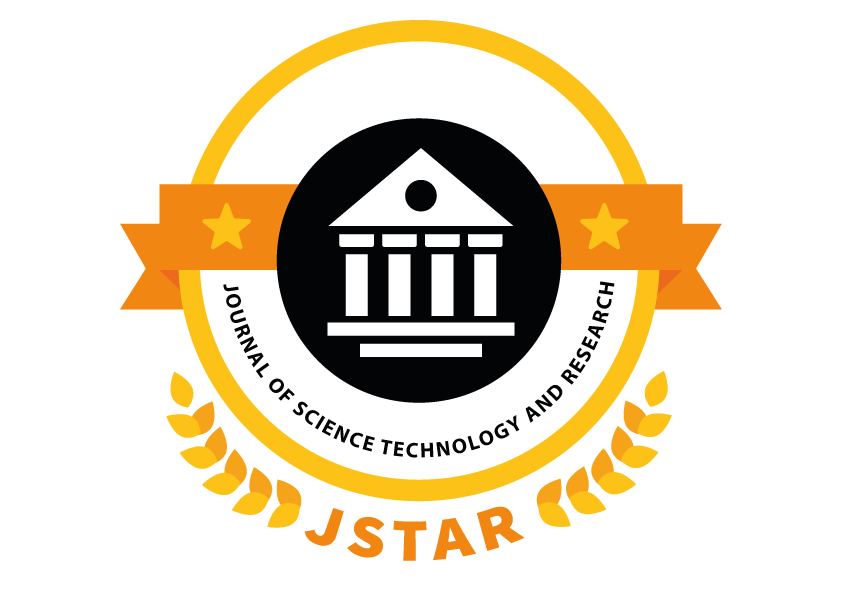1. Abrams, D., Baecker, R., and Chignell, M, (1998). Information Archiving with Bookmarks: Personal Web space Construction and Organization. In Proceedings of ACM Conference on Human Computer Interactions (CHI’98), Los Anglos, 18-23 Avril pp. 41-48. Abrams, D. (1997) Human Factors of Personal Web Information Spaces. MS Thesis, Departement of Computer Sciences, University of Torento, 1997, Also available as http://www.dgp.torento.edu/~abra ms Balabanovic, M. and Shoham Y. Fab: Content-based collaborative recommendation. Communication of the ACM 40,3 (March 1997), pp. 88-89.
2. Bouthors V., and Dedieu O. (1999). Pharos, a Collaborative Infrastructure for Web Knowledge Sharing. In Proceedings of the third European Conference On Research and Advanced Technology for Digital Libraries (ECDL’99) (Abiteboul S., and Vercoustre A. Eds), LNCS No 1696, Paris september, 1999, pp. 215-233
3. Foner, L.N. (1999) Political Artifacts and Personal Privacy: The Yenta Multi-Agent Distributed Matchmaking System, PhD Thesis, Massachustts Institute of Technology, june 1999. Glance, N., Arregui, D., and Dardenne M. (1999) Making Recommender Systems Work for Organizations. In Proceedings of PAAM’99, London April 1999.
4. Glance, N., Arregui, D., and Dardenne, M. (1997) Knowledge Pump: Community-centred Collaborative Filtering. In Proceedings of the 5th DELOS Workshop ob Filtering and Collaborative Filtering, Budapest, 10-12 November, 1997.
5. Grudin, J. (1994) Groupware and Social Dynamics: Eight challenges for developers. Communication of the ACM 37,1 (January 1994), pp. 92-105.
6. Kanawati, R, (1997) Groupware : Architectural and Control Issues, PhD Thesis, Institut National Polytechnic de Grenoble, november, 1997, 173 pages (In french).
Page No: 128-138
Abstract : Cloud computing is the web based empowering agent for sharing of mechanical infrastructural assets, programming and computerized content, permitting them Infrastructure, Platforms, Software) to be offered on a compensation-for-use premise, similar to any utility assistance. Dramatic development in Computer capacities, extra-conventional pace of development in advanced substance utilization, trailed by unstable development of uses have brought forth the beginning of Cloud Computing. The bookmarks which are saved offline can be only accessed by the specific system. The bookmarks are stored in the cloud using platform-as-a-service. Platform-as-a-service (PaaS) is the following layer up – just as the basic stockpiling, organizing, and virtual servers this will likewise incorporate the instruments and programming that designers need to assemble applications on top of: that could incorporate middleware, database management, operating system, and development tools.
Keyword Platform-as-a-service (PaaS), Cloud Computing
Reference:
